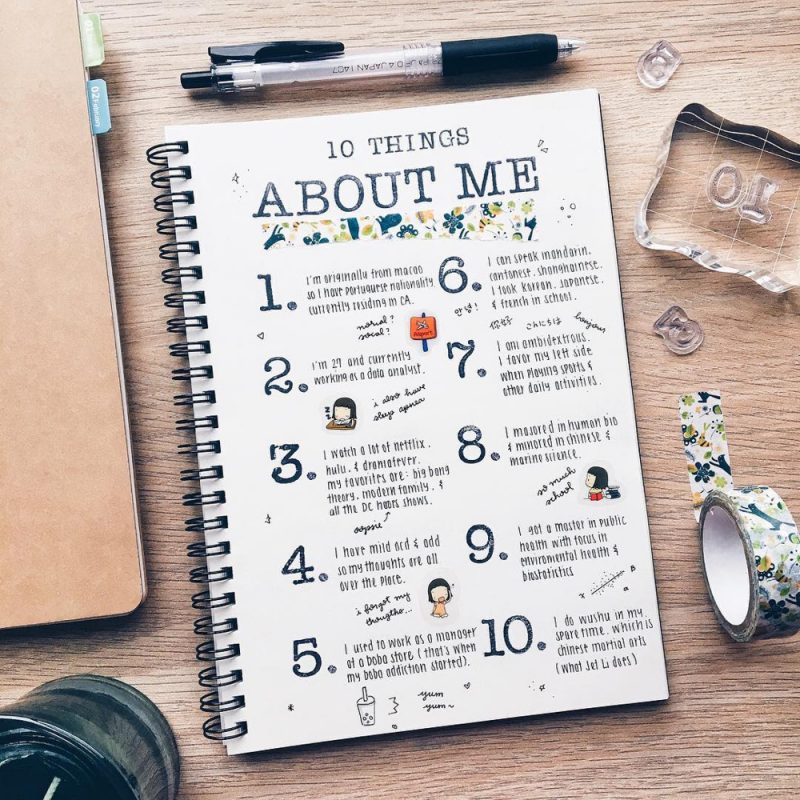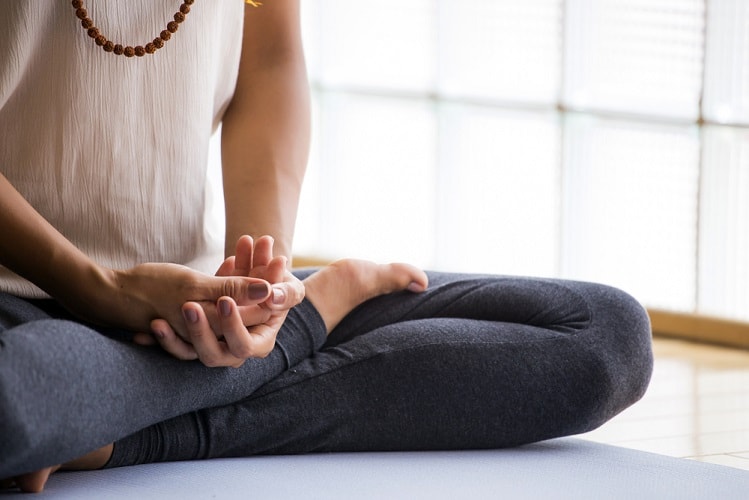If you are in an emotional rut—cycling from fear, anger, anxiety, and sadness—you are not alone. Every human being on this planet has been impacted in a few short weeks and, with that, comes strong emotions. The question is: What if how you feel today can help you transform every area of your life?
We all want things to be different right now. However, what happens today, what happens this hour, what happens in this moment, will define how you go forward. At this very moment, you’re faced with letting go of what is familiar and comfortable and are left to embrace the unknown. It is scary. It is exciting. You get to decide. When your choices support your well-being, those choices start to support the collective well-being of the world.
Here are some key steps on how to turn high emotion to your higher self.
1. Create Awareness
What pain is to the body, emotions are to the mind. Emotions are signals or cues that inform you that something is wrong and needs to be fixed. They arise in the physical body before they are registered in the mind and categorized as “anxiety.”
When you become aware of feelings and sensations in your body, you are able to lessen the experience of them. Why? Emotions are rises and falls of impulses in the body. The fastest way to settle emotions and create awareness is through meditation. When you meditate, you bypass inner noise and connect with the quiet that’s hidden under all stuff that goes through your head. When you meditate, your body and mind rest. At the same time, you become aware and boundless.

2. Ask Yourself This Question
When you are gripped with fear, the best way to break that hold is to challenge it with a question. Doing so leads to distracting your emotions and engaging your logical mind to create an association between the event and the emotion.
Ask yourself: “What makes my thoughts race?” Watching or reading the headlines. Working through the evening. Not getting enough sleep. Something else. Jot it down and begin to notice a trend or pattern. Start to become aware of how these patterns come together to create a habit or story that is holding you back from living a life you really want. Staying up late, for instance, can get in the way of getting a good night’s sleep.
3. Journal Daily

Journaling for no more than 10 minutes is very helpful. It brings into focus all that matters right now. Using a time-limit allows you to vent on paper without it taking over your headspace. Rather than using a laptop or mobile phone, write down what’s on your mind. The simple act of writing allows you to discharge pent-up tension.
At the end of the week, go over your entries and notice if you’ve had a change of perspective, idea, feeling, thought, or action. Simply highlight it. Review the highlighted part a few weeks later and notice the change.
4. Practice Gratitude
This one word captures it all. Gratitude is the single best way to harness the power of intention and get more of what you want into your life. Why? When a thought sticks in your head, it impacts your mood—even your day.
To incorporate gratitude into a mindful practice, find a comfortable place to rest for a few minutes. And take the time to reflect in detail about five to six things you are grateful for and loved today. Describe them in a bit of detail (e.g., being able to dip a chunky chocolate chip cookie into some yummy tea, having it practically melt in your mouth).
Journaling and gratitude go hand in hand; when you begin to focus your attention on what you love in your life, the issues that create worry fade into the background. How? As a human, you multitask but you pay full attention to one thing at a time.

5. Make a Paradigm Shift
Making a paradigm shift doesn’t take years. It’s not about stepping into a new narrative or reframing the problem so that coping is possible. A paradigm shift doesn’t seek to postpone or maneuver around what’s keeping you up at night; it creates a new possibility for greater self-sufficiency. When you have control over your thoughts, emotions, and actions, you feel good. The fastest way to create a paradigm shift isn’t about reliving the painful past, it is about bypassing it and creating greater good for yourself and others in your world.
Since your brain has the capacity to heal, adapt, and form new connections, the building blocks of self-sufficiency center around self-mastery that create habits to support mental hygiene. How do you do this? One way is through meditation. A report of the study from the Harvard Gazette published in Psychiatry Research Neuroimaging has shown that meditation changes the brain structure. When you shift from the external world to the internal world, you gain insights, information, and deep connection to yourself. It decreases anxiety and increases feelings of pleasure. As you trigger the pleasure chemicals in the brain, you decrease the overactivation of “fight-or-flight” response. There is no better time than right now to start meditating.

6. Create Emotional Safety
The fastest way to create emotional safety is to acknowledge you are safe right now. Although these are uncertain times, it is certain that this too has an expiration date. For most people, when they have control over their outcome, they feel safer. The fastest way to create emotional safety is to start turning your self-care into your personal mental healthcare. Make today the day to start a breathing exercise for two minutes, give yourself the permission to rest and kick your feet up for two minutes, or list all you are grateful for within two minutes.
Make mental hygiene a priority right now. Through some of the mental hygiene steps listed here, you can start to feel better and have more emotional security. Bit by bit, you can create the life you have always wanted—there is no better time than the present.
Learn simple yet effective techniques to calm yourself in even the most hectic situations.
Originally Published: chopra.com

















